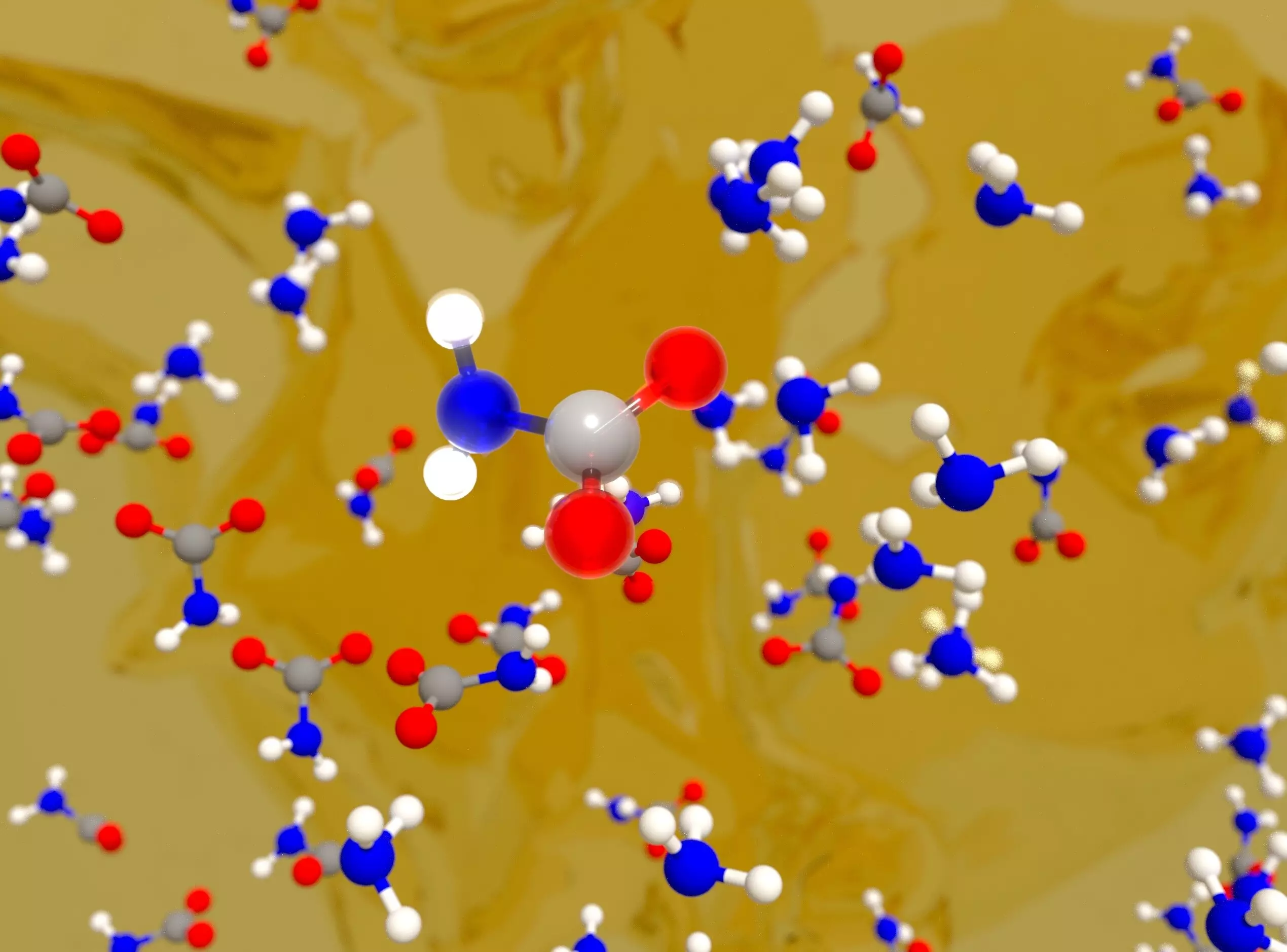As the world grapples with the escalating climate crisis, innovative solutions are urgently needed to mitigate greenhouse gas emissions. Among the most pressing challenges is the extensive presence of carbon dioxide (CO2) in the atmosphere, largely due to industrial activities and energy production from fossil fuels. Traditional methods of carbon capture are becoming increasingly outdated, prompting scientists and researchers to pursue cutting-edge technologies that can not only capture CO2 but also do so efficiently. At the forefront of this research is a pioneering team at Lawrence Livermore National Laboratory (LLNL), which has leveraged machine learning to fundamentally enhance our understanding of CO2 capture using amine-based sorbents.
The application of machine learning in the realm of chemistry offers potential pathways to bridge existing knowledge gaps about CO2 capture mechanisms. By employing advanced algorithms and models, the LLNL team has effectively dissected the complex interactions that occur between amine-based sorbents and CO2 molecules. This new machine-learning model not only highlights the intricacies of the chemical bonding processes involved—specifically, the formation of carbon-nitrogen bonds—but also sheds light on the critical solvent-mediated proton transfer reactions that govern the stability of CO2-bound species. Such insights are crucial, especially given the challenges posed by traditional experimental methods that often fall short in capturing the nuance of these interactions under realistic conditions.
Amine-based sorbents have emerged as a promising solution for CO2 capture due to their remarkable ability to bind with CO2, even in environments with extremely low concentrations of the gas. Their low cost makes them suitable for larger-scale applications, thereby enabling various companies to adopt direct air capture (DAC) technologies more broadly. Unlike other methods that might rely on high-energy inputs or complex infrastructures, DAC using amine sorbents offers a feasible and economically viable strategy to address global warming. The findings from the LLNL research significantly amplify the potential of these materials by providing a deeper, more precise understanding of their operational mechanisms.
Bridging Theory and Experimentation
One of the remarkable outcomes of the LLNL team’s work is the innovative synthesis of computational methods with experimental chemistry. By utilizing techniques such as grand-canonical Monte Carlo simulations and enhanced molecular dynamics sampling, researchers have established a fruitful connection between theoretical predictions and laboratory measurements. This integration drastically enhances the feedback loop between simulated environments and experimental validations, ensuring that advancements in understanding CO2 capture can be rapidly translated into practical applications. According to lead author Marcos Calegari Andrade, this model provides a framework that can be extended to various amines with diverse chemical structures, signifying the scalability and adaptability of the research.
The work conducted by the LLNL team not only furthers our basic scientific understanding of CO2 capture mechanisms but also delivers tools crucial for designing next-generation materials. As the urgency to achieve net-zero greenhouse gas emissions intensifies, such research offers vital strategies for improving existing technologies—ultimately fostering more effective solutions to combat climate change. In the words of Simon Pang, the project principal investigator, this research is not merely academic; it represents a significant step towards innovative materials that can revolutionize the landscape of carbon capture and contribute meaningfully to global climate goals.
As we seek to reverse the detrimental impacts of climate change, it is vital that we embrace interdisciplinary strategies that combine technology, science, and community action. The advancements made by the LLNL team exemplify how machine learning can illuminate pathways to more efficient CO2 capture, transforming how we think about and approach carbon management. The integration of theoretical predictions with experimental data paves the way for developing tools that will be indispensable in the quest for a sustainable future. With persistent challenges ahead, collaborative efforts such as these could be the key to unlocking effective solutions in the fight against climate change.


Leave a Reply